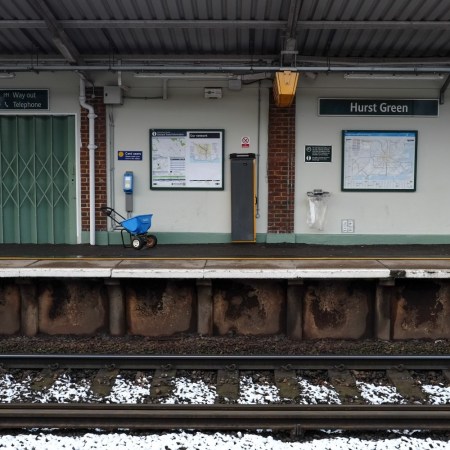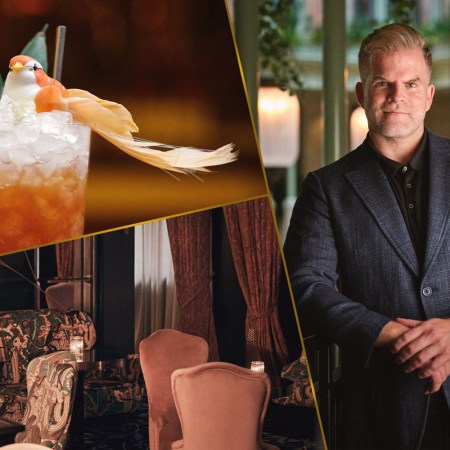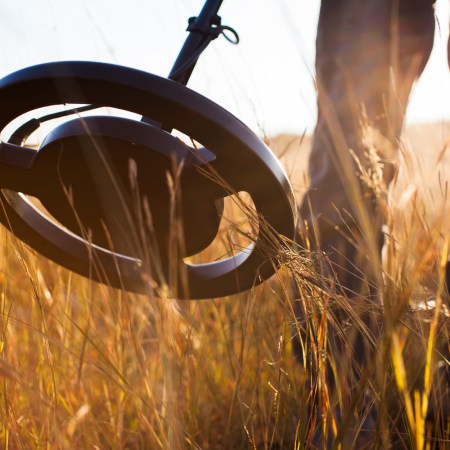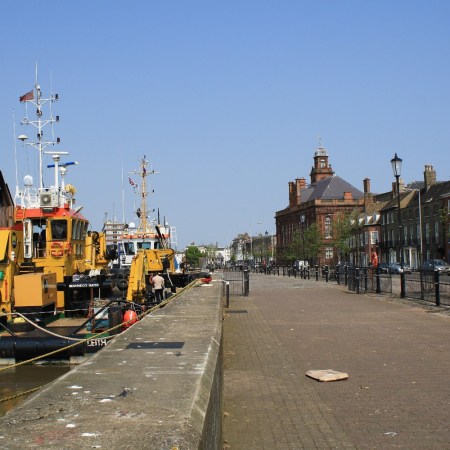What comes to mind when you first think of the word barrow? Hint: we’re not talking about the one in a Decemberists song, nor do we mean the town in Alaska. Instead, we’re talking about the Neolithic method of burial that left plenty of mounds showing its influence across the U.K. And much like a lot of seemingly-archaic practices, it’s making an unlikely comeback in the here and now.
Writing at Atlas Obscura, Matthew Taub ventured into why barrows are making a uniquely modern comeback. Taub spoke with the University of Glasgow’s Kenny Brophy, who spoke about the way that barrows created a sense of community among those left behind after someone’s death — something that plenty of people right now are looking to replicate.
One significant difference between the old and new barrows has to do with the nature of the remains stored there. Specifically, contemporary barrows tend to focus on cremains. The company Sacred Stones has built several barrows around the country, and — according to the Atlas Obscura article — has plans to build several more.
Revisiting millennia-old burial traditions might seem surreal on the surface, but it’s also more and more understandable the more you look at the spaces in question. There’s something timeless and sacred about these barrows, and the idea of participating in an ancient tradition — and informing a long-running tradition — is easy to understand. As Taub notes, the revival of barrow techniques is but one of several practices changing the way we think about death and its aftermath; it’s also unlikely to be the last.
Thanks for reading InsideHook. Sign up for our daily newsletter and be in the know.


















